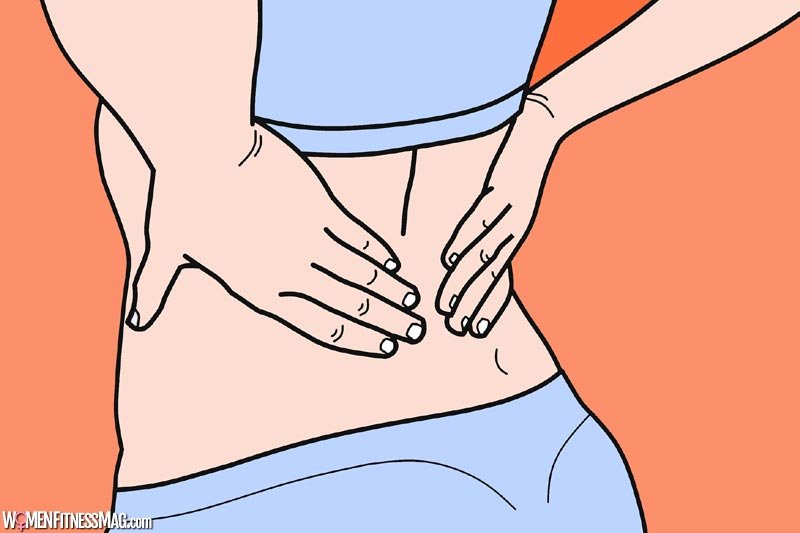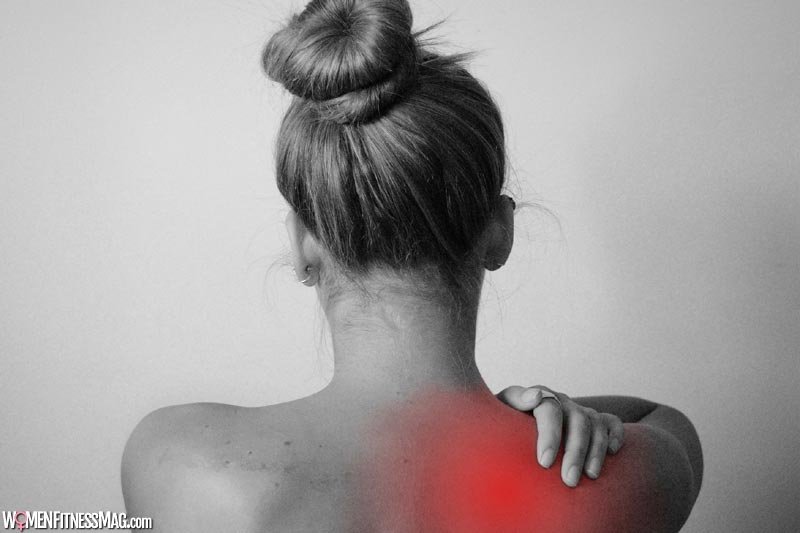How Physical Therapy Can Assist Recovery After a Spinal Injury : In this article, we’ll be discussing how physical therapy can assist recovery after a spinal injury…
Every spinal cord injury recovery is unique and complex and depending on the severity of the injury, it usually takes patience and time to heal. Physical therapy and home exercises are a good place to start when beginning your journey to recovery, as they can teach you how to effectively move around and optimize functional improvements.
Sadly, many spinal injuries can have life-altering impacts which are devastating for the injured person and their families. If the injury was in some part due to someone else’s negligence, it is important to look into spinal or cauda equina claims as the compensation you could receive can help cover the pain, loss of income and future costs related to your injury.
Below we’ll be exploring how the causes and symptoms of a spinal injury as well as, how physical therapy can aid recovery after a spinal injury….
The Causes and Symptoms of Spinal Injuries

The human body is built to be tough, but there are some things that it can’t handle. The wrong impact in the right place can lead to a back injury that can put you in the hospital.
Let’s take a look at some of the major causes:
- Vehicle accidents: the human body isn’t designed for impacts at high speeds. A crash can cause major damage to the body and result in a spinal injury.
- Falling: we all slip and fall occasionally, but the older you get, the more likely you’ll fall and cause serious damage.
- Sports: playing sports can have its fair share of injuries, but when it comes to a lot of contact sports, and even non-contact sports, you can injure your spine by moving in the wrong way.
- Acts of violence: violence is one of the common causes of injuries across the whole body, including spinal injuries.
The symptoms of spinal injuries are extensive, but below are some tell-tell signs that you may have a spinal injury.
- Numbness or a loss of sensory feeling in the body or affected area
- Loss of movement in the body or affected area
- Paralysis in the body or affected area
- Difficulty breathing and coughing
- Pain or an intense stinging sensation in your back
- Loss of or altered sensation, i.e., the ability to feel heat, cold and touch
- Loss of bladder or bowel control
- An oddly twisted or positioned neck or back
How Physical Therapy Helps
Physical therapy and home exercise can help encourage mobility and flexibility in the spinal area to ensure that the body heals properly from the injury.
Having a full range of motion and flexibility for your spine once it has been injured is obviously very important. The exercises that a physical therapist recommends can help target weakened muscles and will teach you how to move around post-recovery safely and effectively.
Practising these exercises at home and engaging in your activities of daily living as much as possible, is essential for optimising your health and functional improvements. There will often be light exercises to try and help the body cope with the fact that it has a reduced range of motion. While normal motion can return after a spinal injury, it will take time.
Looking After Yourself

Following a spinal injury, it is important to look after your physical and emotional health in order to optimise your chances of a good recovery. Spinal injuries can be life-altering events and the aftermath can be quite frightening, and adapting is no easy task. Recovery takes time, care, and therapy, but many people who have had spinal injuries have made progress and led to happy and fulfilling lives. It’s important to stay strong and have the right support around you at this time.
Please be advised that this article is for general informational purposes only, and should not be used as a substitute for advice from a trained medical or legal professional. Be sure to consult a healthcare professional or medical negligence solicitor if you’re seeking medical advice, treatment, or want to make a claim. We are not liable for risks or issues associated with using or acting upon the information on this site.
Related Videos about How Physical Therapy Can Assist Recovery After a Spinal Injury :
How Physical Therapy Can Assist Recovery After a Spinal Injury
physical therapy interventions for spinal cord injury, physiotherapy management of spinal cord injury ppt, quadriplegia physiotherapy management ppt, spinal cord injury physical therapy exercises, occupational therapy activities for spinal cord injury patients, spinal cord injury physiotherapy management pdf, incomplete spinal cord injury recovery time, t12 spinal cord injury exercises,




